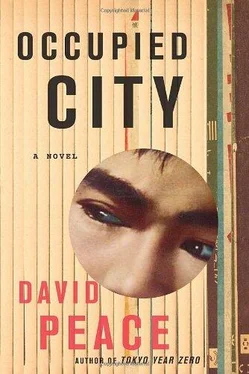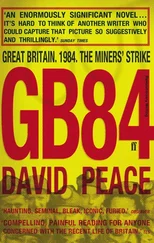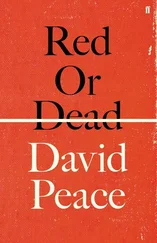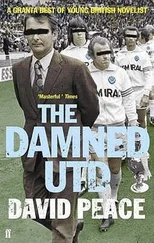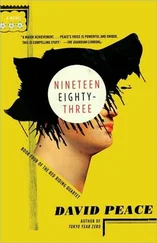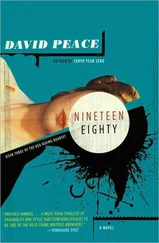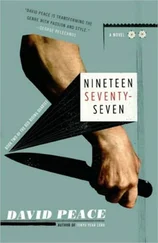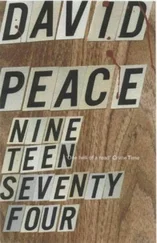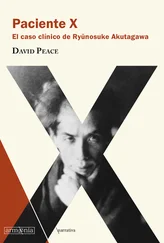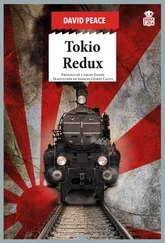Sometime in the autumn of 1947, I received a cheque for ¥1,000 from a person whose name I can no longer remember. That day, I had little money on my person and so I went to a branch of the Mitsubishi Bank in order to cash the cheque. However, on the way to the bank, I realized I had forgotten my own personal seal. And it was then that I made my first mistake. For rather than return home for my own seal, I went into a shop and had a seal made in the name of the person who had sent me the cheque. I then proceeded to the bank.
Inside the bank, I went to the counter and took a ticket. I then sat down on a bench and waited for the number on my ticket to be called. But beside me on the bench, I noticed another ticket, another number. At that moment, the number on this ticket was called and on instinct, without thinking, I stood up and approached the counter. This was my second mistake. For at the counter, I received ¥10,000 in cash. Of course, this was a huge amount of money and, moreover, it was not mine to receive. But I said nothing, took the money and sat back down to once again wait for my own number to be called. When my number was called, I received my ¥1,000 at the counter and immediately left the bank, still with the ¥10,000 I had received under false pretences, if somewhat by accident or chance.
Of course, I felt most guilty. Then suddenly I had what I believed to be a good idea. I caught a cab to Ueno Park and got out just below the statue of Saigō Takamori. I quickly went into the mouth of the subway station, where over two dozen homeless children were gathered as usual. Here I mumbled some Buddhist mantra as I distributed ¥200 to each of the children until I had finally gotten rid of the ¥10,000. And that, I hoped, was the end of that and I tried to think no more about what I had done.
However, about one week later, while searching through my coat pockets, I came across the bankbook which I had also received when I had taken the ¥10,000. I have no idea where this thought came from, or what on earth possessed me, but I thought I should use the money in this account for the benefit of the Society for Tempera Painters, of which I was a member and from which I had repeatedly been forced to borrow money. In fact, I confess I had embezzled money from the society and I now wished to cover up my crime. So I began to think of a way in which I could take the money out of the account, which was in the name of a Mr Hasegawa.
I visited a seal-maker again, and this time I had a seal made in the name of Hasegawa. I then doctored the bankbook using other seals to show that there was over ¥200,000 in the account. Finally, I visited a moneylender who was living in Ōmori. This first moneylender was obviously suspicious of me and refused my request to borrow money from him on the strength of the money shown in the bankbook. However, he introduced me to a second moneylender who agreed to write me a cheque for ¥200,000 to be cashed at the Ōmori branch of the Dai-Ichi Bank. I do not remember the exact date on which this all occurred but I do remember it was a Saturday afternoon, for I was unable to cash the cheque that day.
Early on the following Monday morning, I went to the Ōmori branch of the Dai-Ichi Bank in order to cash the cheque. However, the moneylender was waiting for me, having changed his mind, and so I was unable to cash the cheque. Two or three days later, though, I again tried to cash the cheque. This time I went into a jewellery shop and told the jeweller I wished to buy a gold ring and a small watch from him, totalling ¥140,000. I asked him if he would accept the cheque for ¥200,000 as payment. My plan, as foolish as ever no doubt, had been to then pawn the ring and the watch for cash and to use the money to repay the amount I had embezzled from the Society for Tempera Painters. However, the jeweller insisted on first telephoning the Ōmori branch of the Dai-Ichi Bank in order to verify the validity of the cheque. I told him I was going out to buy some cigarettes while he telephoned and, of course, I then fled as quickly as I could.
In the course of their investigations into me in relation to the Teikoku Bank case, the police uncovered this case of forgery and fraud. However, these are the only crimes of which I am guilty. I am innocent of all the other crimes for which I was convicted, beginning with the Ebara branch of the Yasuda Bank.
This incident occurred on 14 October 1947. However, I had nothing to do with it and I only confessed to it because I was convinced by the prosecutor that it was the right thing to do. I now regret making such a confession. Also, at that time, the time of my original confession, I had no alibi for the day in question. Now, however, I remember what I was doing on that day.
On the 13th of that week in October 1947, I was visited by my friend Mr Yamaguchi. He asked me to paint pictures of white chrysanthemums on twenty pieces of paper as gifts for guests at a wedding party which would be held that week. I agreed to his request and began to work hard on the paintings. The next day I was still hard at work painting the flowers when I was visited by Mr Watanabe. I remember he praised one of my other paintings and I promised to give him the painting in question. During Mr Watanabe’s visit, my wife and daughter Hanako were also present. Mr Watanabe left around 4 p.m. and my other daughter, Shizuko, met him on her way home. I remember this now because Mr Watanabe’s visit had interrupted my work on the wedding gifts and so I was still painting them the next day on the 15th, when Mr Yamaguchi came to collect them. So despite my confession, I had in fact been at home all day on 14 October 1947, the day of the so-called rehearsal at the Ebara branch of the Yasuda Bank.
Similarly, on 19 January 1948, the day of the second rehearsal at the Nakai branch of the Mitsubishi Bank, I also now realize that I had an alibi. The day before, I had had lunch at the home of Mr Yamaguchi and his family. I remember we ate udon and that we then played mah-jong until the early evening. The next morning I took a walk and I bought some yokan sweets. On returning home, I ate the yokan with my wife and I remember thinking that I should have taken the yokan as a gift the day before when I had visited Mr Yamaguchi and his family. I cannot remember anything else about that day, 19 January, except that I was working on a painting at that time.
As I said during my trial, I do admit to having been to the Nakai branch of the Mitsubishi Bank a few times. However, this was simply because it is near to the market stall of one of my friends, Mr Kazama. That is the only reason I have been to that particular bank and I was certainly not there on the day in question.
And then, of course, we now come to the day of the Teikoku Bank murders itself — 26 January 1948 — a day I had once forgotten but now remember and relive, over and over.
For a long time, from the time of my initial and supposedly routine questioning by the police, to the time of my arrest and official interrogation by the prosecutor, I simply and honestly could not recall what I had done on this day. And then, under questioning, I became confused as to whether certain events happened on that day or, say, happened the week before. For example, I knew that at around that time I had bought some charcoal briquettes from my friend Mr Yamaguchi. However, I was unsure in my own mind whether this had taken place sometime the week before, on 18 January say, or on the day of the actual Teikoku Bank murders. And this, then, was the reason why I later wrote to Mr Yamaguchi asking whether he could remember on which particular day I had purchased the briquettes from him. Not because, as the police and the press have since suggested, I was attempting to concoct a false alibi.
Similarly, I could not remember whether my visit to the exhibition of the Society of Watercolour Painters in the Mitsukoshi Department Store had been on 26 January or on some other day. Initially, I did believe it had been on that particular day. Of course, I now realize I was mistaken. But honestly, and for a while, I was sure I had visited the exhibition with my daughter on that afternoon. Hence, the chaotic and confused nature of some of my statements.
Читать дальше
